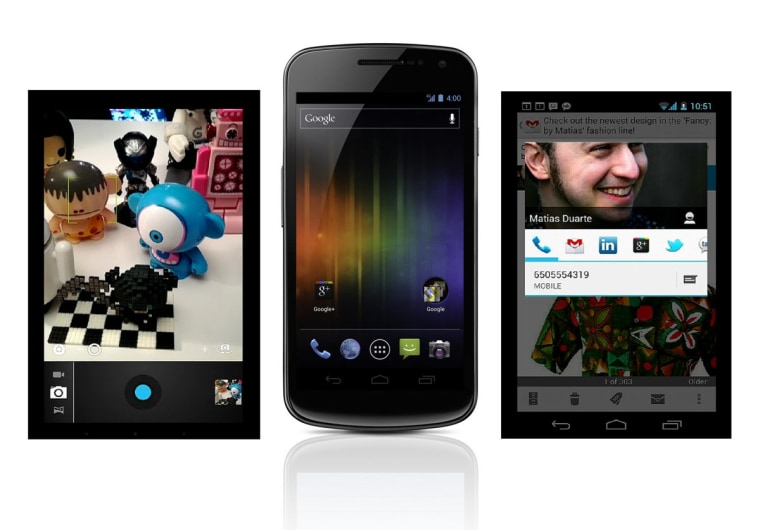
"People need Android ... but people didn't love Android," said Matias Duarte, director of the Android OS user experience, explaining why the world's most popular smartphone OS needed a full redesign. Ice Cream Sandwich, now officially labeled Android 4.0, is that overhaul. And people, it's awesome.
Android developers put their heads together to figure out how to improve the operating system, and came up with three directives. "Enchant me. Simplify my life. Make me awesome."
To put it another way, by observing what really works on the iPhone and Windows Phone operating systems, and what wasn't working on Android, Google's mobile development team made massive improvements across the board, and focused on making the experience consistent no matter where you might be in the environment. It's no longer a hodgepodge of unclear commands and clumsy screens.
I'll just run through the features and share the screengrabs from a Tuesday press event — where the Samsung Galaxy Nexus phone was also launched — so you can see for yourself what I mean.
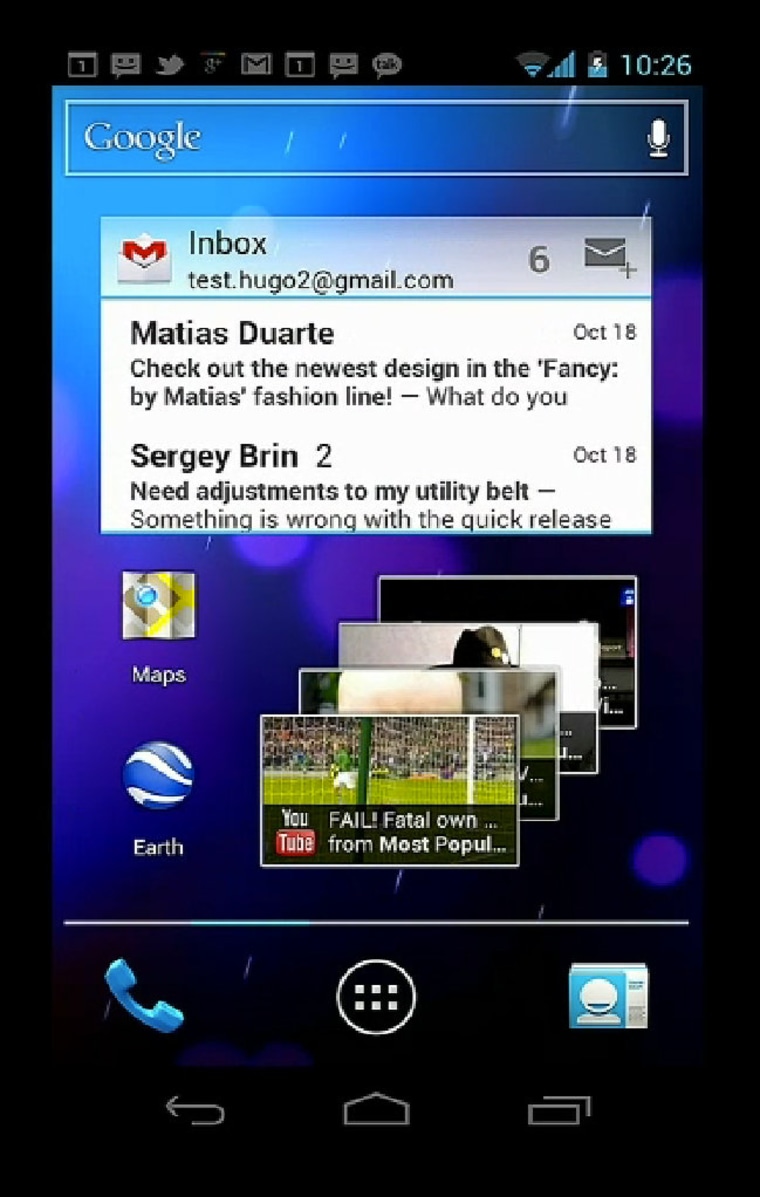
Home screen: Now the phone home screen gets Honeycomb-style widgets, seen on Android tablets. And better than on Honeycomb, you can resize widgets any way you like, so Android users don't have to put up with those painful gaps in home screen layouts.
App icons can be dragged into folders, a la iOS. But Ice Cream Sandwich one-ups iPhone by letting you put people (or at least speed-dial shortcuts) into folders too, and even put people in the favorites tray.
Notifications: Android already had a better notification system than anyone else — a pull-down tray that most likely inspired the one now found in iOS 5. But they made it better, letting you flick away notifications you don't care about, so you can save just the important ones for later. You can peek into notifications from the lockscreen, too.
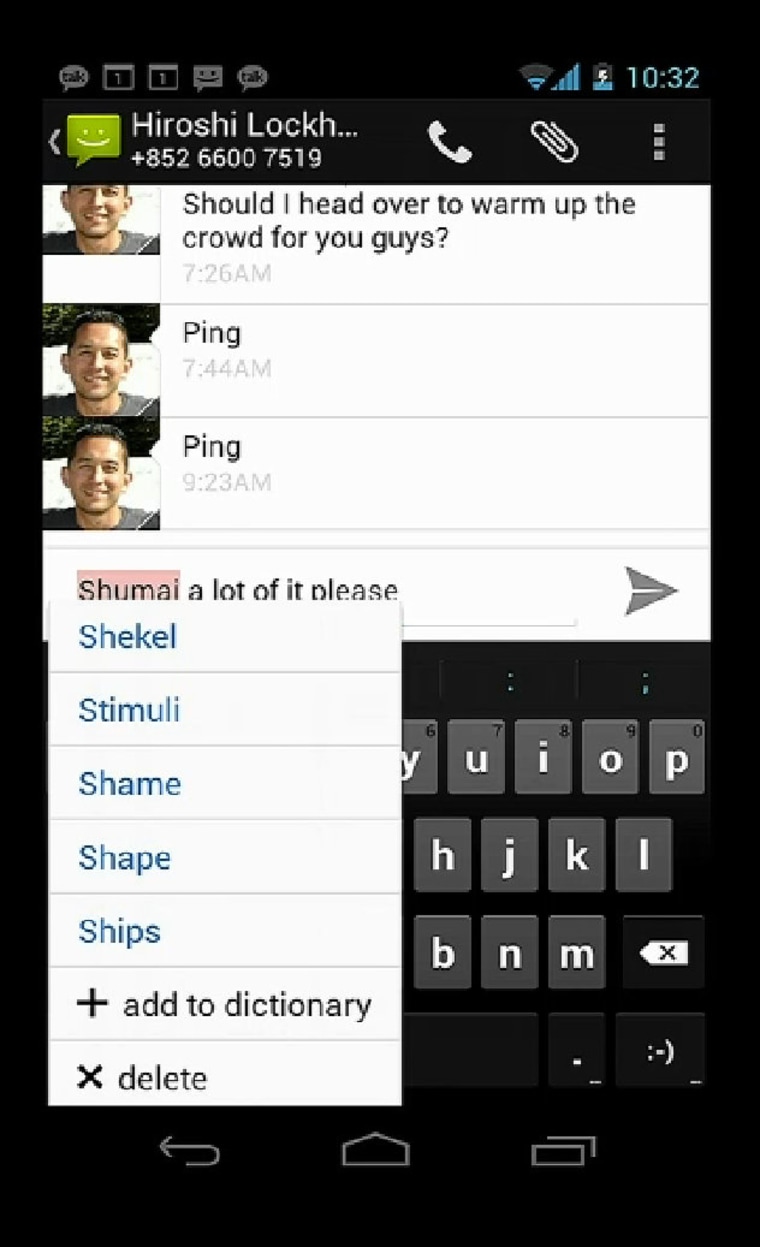
Keyboard: There's a new keyboard, with inline spellcheck, and a refined way to cut, copy, paste and even drag text, for easy input and manipulation.
Screenshots: It's been killing phone reviewers that we can't share Android screenshots simply, the way we can on iOS devices. Well, now Android has the exact same screenshot capability, with a cute little Polaroid animation to highlight the action.
Face unlock: Ice Cream Sandwich knows what you look like, and it knows that your buddy isn't you, too. Unfortunately, in the demo, it was so cautious it didn't let the owner unlock the phone, so there's likely a backup method to get into your phone.
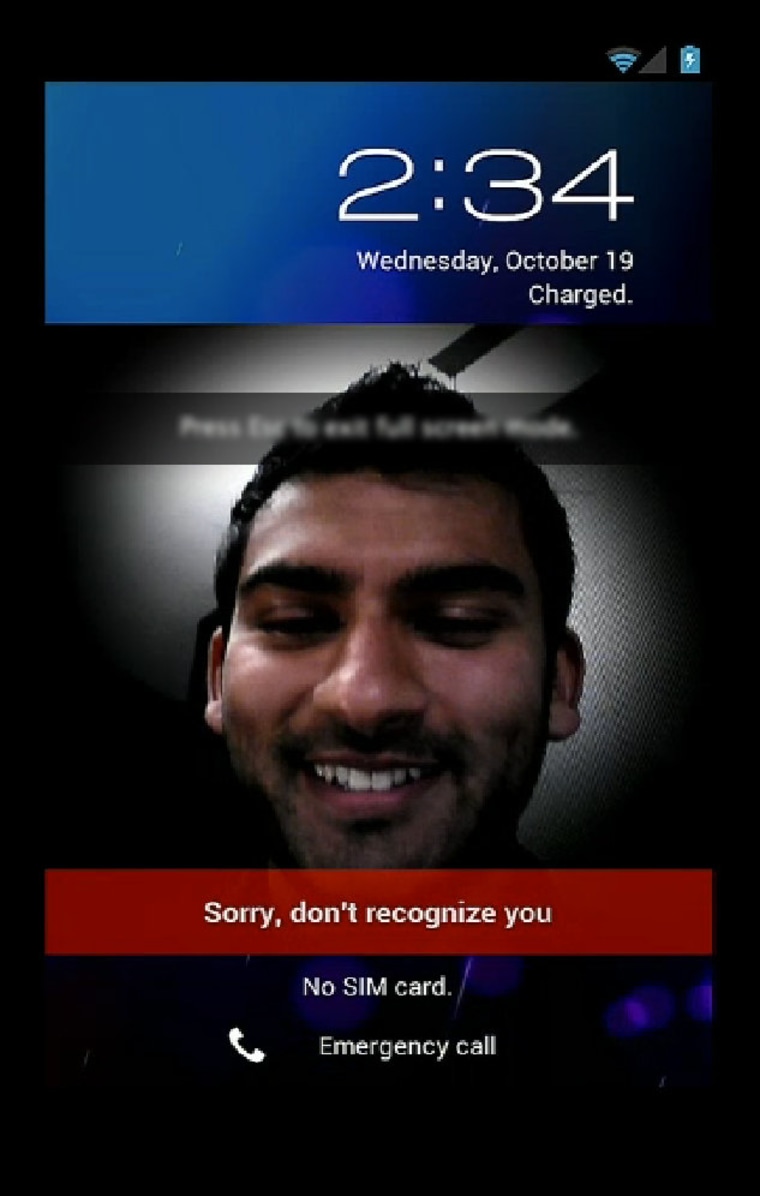
Browser: Instead of horizontal tabs, the new browser holds 16 tabs of open pages, stacked vertically, that you can flick through, with live previews. If you're on a tablet or larger-screened device, you can tap and hold to request a desktop version of a website, without fumbling for the site's own "full version" link.
Gmail: The new email core app looks really nice. You can select multiple emails at the same time for faster archiving. You can also flick through your emails horizontally, for faster reading, and even search up to 30 days of email instantly, without being connected to any network.
Email addresses are now associated with people, so you get choices as you're typing, with pictures. And when you reply to someone's email, you can even choose which communications medium to use — maybe instead of email, you want to IM or tweet, and you can.
Calendar: The calendar also lets you flick through dates more easily, and pinch out to zoom in on a day's agenda, pinch in to see a month at a glance.
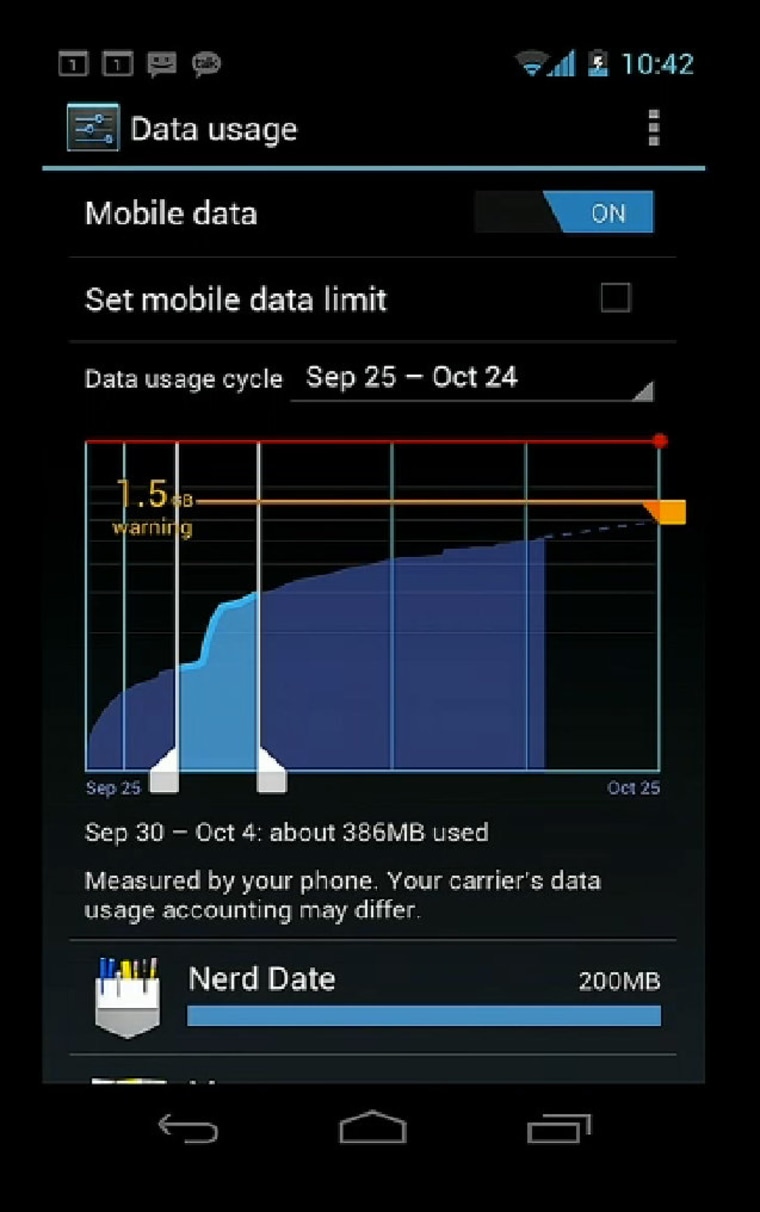
Mobile data: Like on the iPhone, you can now turn off your mobile data to avoid unwanted charges from your wireless carrier. But unlike the iPhone, you can really drill down to see exactly what the cause of mobile data usage is. You can look at a graph of your month's usage, and even narrow it down to a spike in your usage, and look at exactly which apps were causing the trouble. Then you can limit the data use of those particular apps. That's pretty awesome control, especially with an attractive interface.
Photos and video: The new camera on the Galaxy Nexus phone has zero shutter lag, and supports 1080p video, time-lapse video photography and other options. But beyond that, all Ice Cream Sandwich devices will let you share photos instantly from within the camera, and view all your shots organized not just by time but by location or even people.
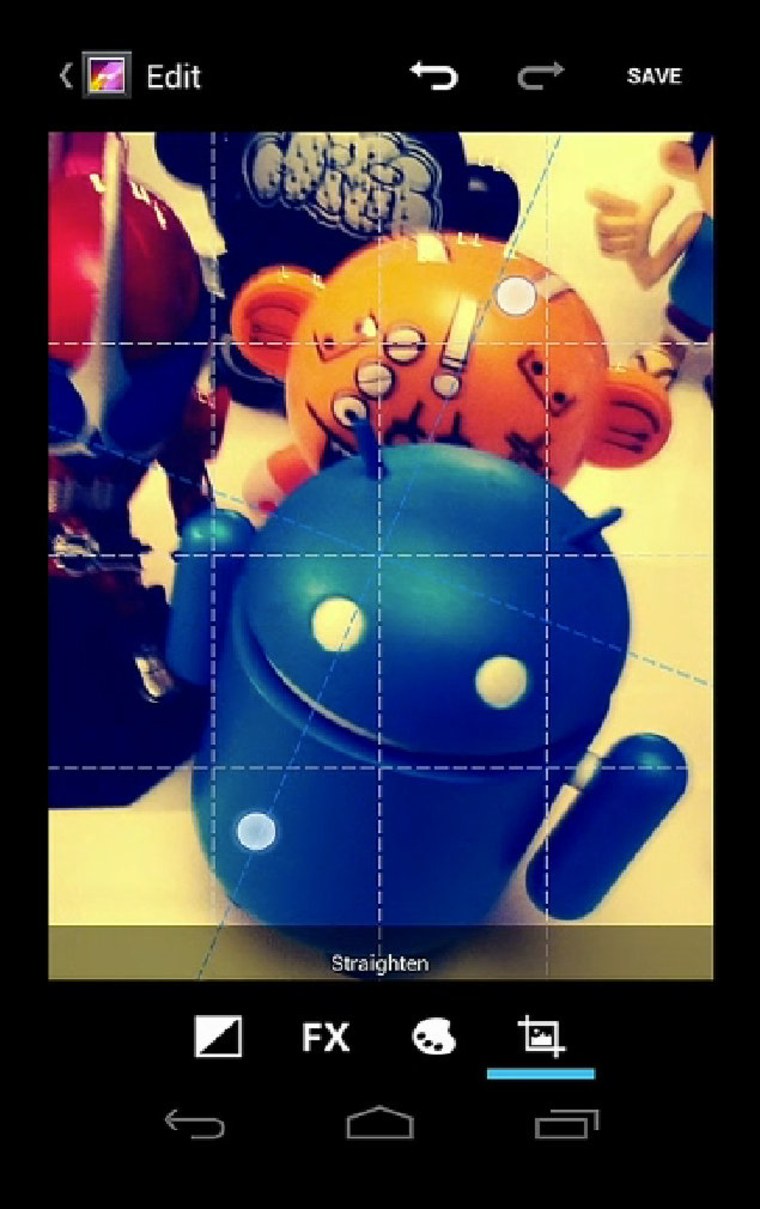
You can shoot panoramic shots in one continuous motion, and like on the iPhone can do some basic editing right there on the camera. And while I can't tell for sure, it looks like there are a lot more editing options for Android than there are on the newest iOS version.
People: One of the best ideas of the Windows Phone OS is its "People" section, and lo, it wasn't long before another OS picked up on (borrowed? stole?) the idea.

Basically, you combine all of your logins for your social networks, your Gmail and other email contacts, and your phone book, all into one master list. Then you look up actual humans and fire messages or calls at them however you wish. I didn't see if you could group them together like you now can with Windows Phone, but surely it's just a matter of time.
Phone: We often forget these things are supposed to be telephones too. Fortunately, Google remembered, because the new calling interface is very cool. Call history contains visual voicemails right there inside the log, so that you don't have to go elsewhere to hear what a missed caller had to say.
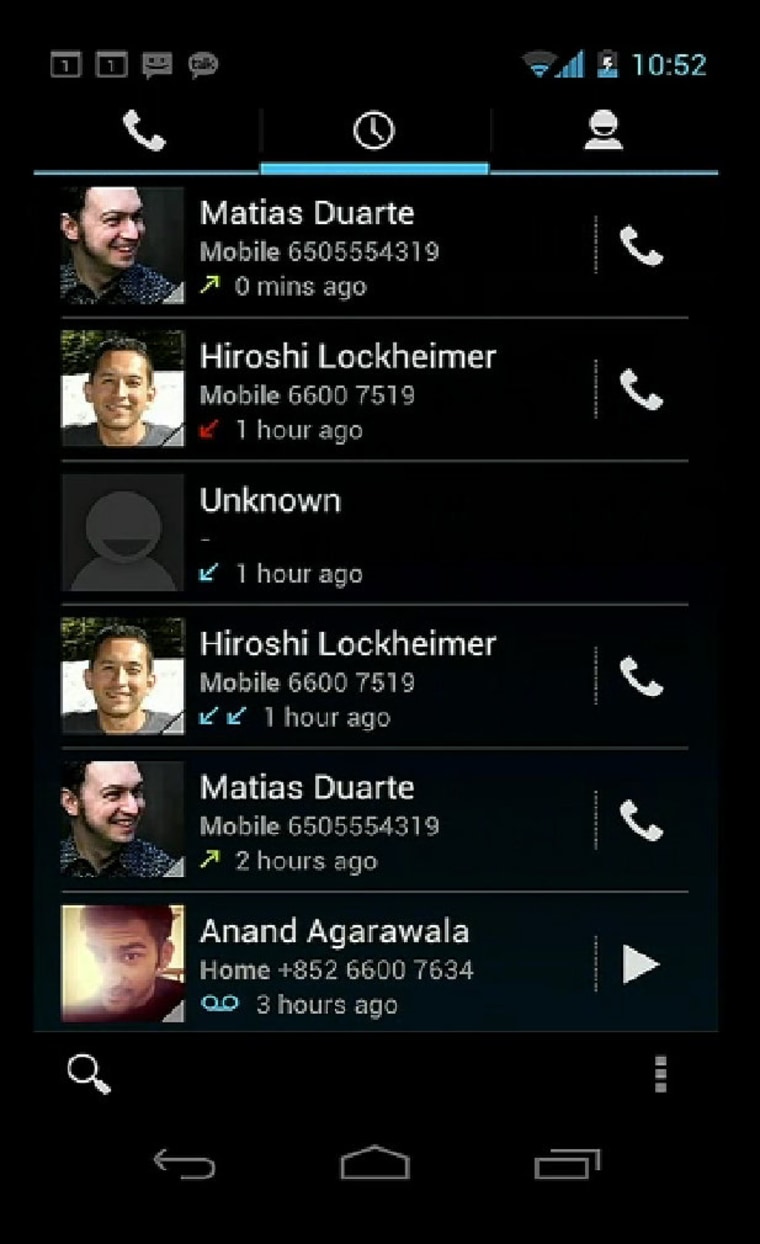
And one of the greatest ideas that never quite went mainstream — automatically texting people who are calling you at awkward moments, to tell them to hang tight — is about to go mainstream.
Beam: The Galaxy Nexus, like its predecessor, the Nexus S, has near-field communication, a chip inside that will let you pay for things at participating retailers, and share data.
But the Android team also now has a technique called Beam, that uses NFC to share websites, maps, YouTube videos and people cards, all by just placing two phones together and tapping a screen. If you've got an app or game open, you can immediately share it with a fellow Nexuser by beaming over a download link.
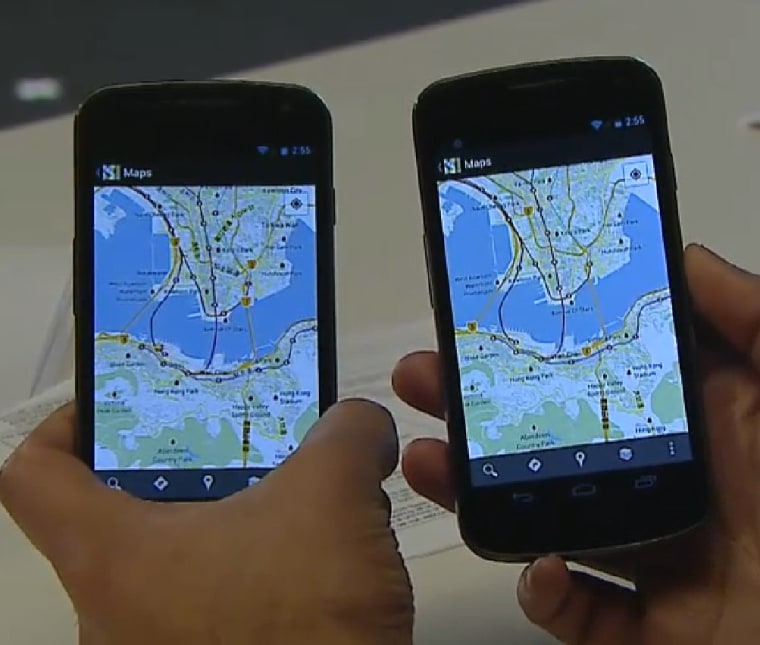
There are likely to be more secrets coming from this "total makeover" from Google's Android team, and you're welcome to check it out yourself right now at developer.android.com. The SDK is available, though of course it's aimed at developers. If you aren't that hardcore, but are still pretty hardcore, you'll be waiting until mid-November to get your paws on a Galaxy Nexus.
Stay tuned for details on its U.S. availability, but we're still guessing it'll be on Verizon Wireless, since unlike other carriers, VZ doesn't have a Samsung Galaxy S II model, and the Galaxy Nexus is amped up on LTE. And as for all of you who are waiting to know if your phones will be able to get it as an upgrade ... I'm your friend, so I am just gonna warn you now: Unless you bought one of the latest hot dual-core phones these past few months or so, any Ice Cream Sandwich upgrade would be highly unlikely.
BONUS: Here's even more walkthrough, and pretty screengrabs, from the Android Developers site, plus a video that shows you some of the features I described above:
More smartphone coverage from msnbc.com:
- Samsung Galaxy Nexus: Most ambitious smartphone yet
- Motorola reveals Droid RAZR, world's "thinnest" smartphone
- Motorola's MotoActv will get you into shape
- RIM unveils software system for BlackBerry, PlayBook
Catch up with Wilson on Twitter at @wjrothman, or on Google+. And join our conversation on Facebook.